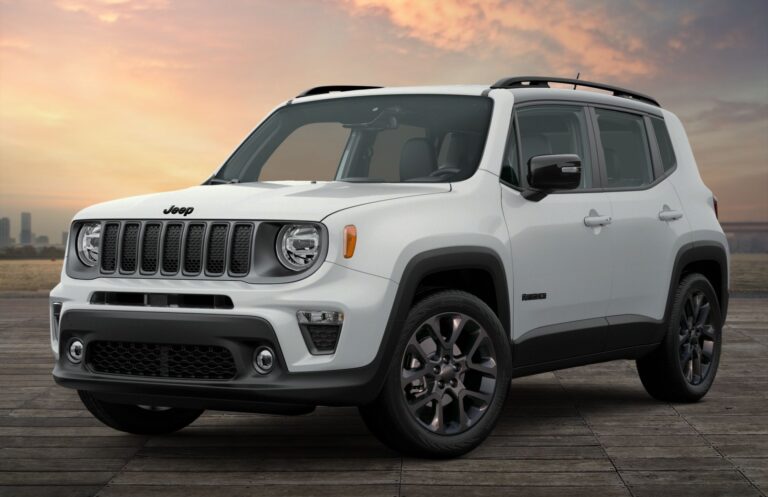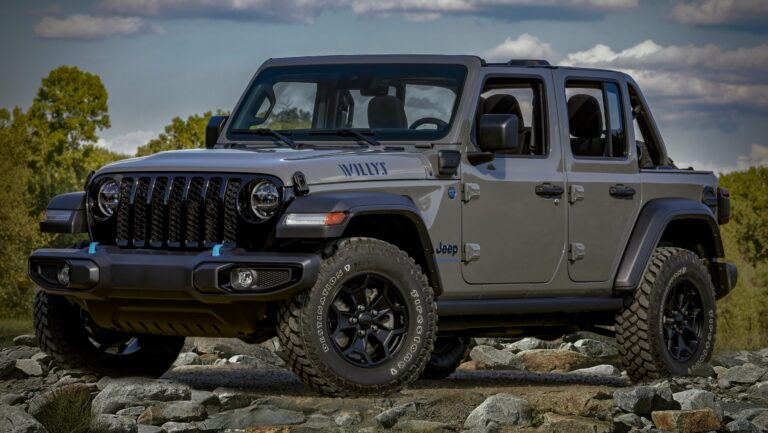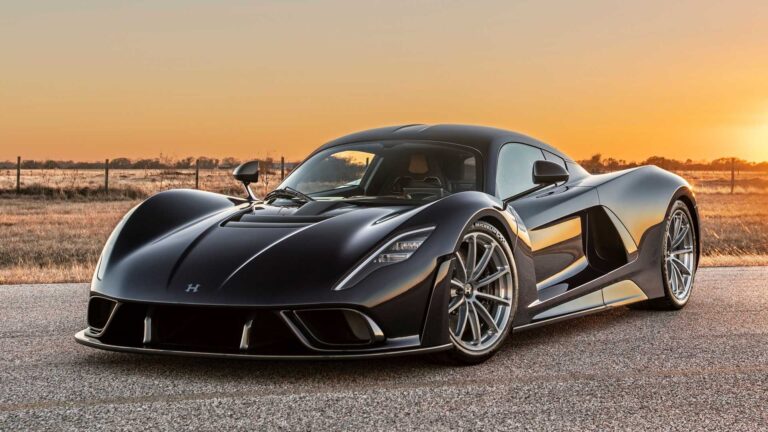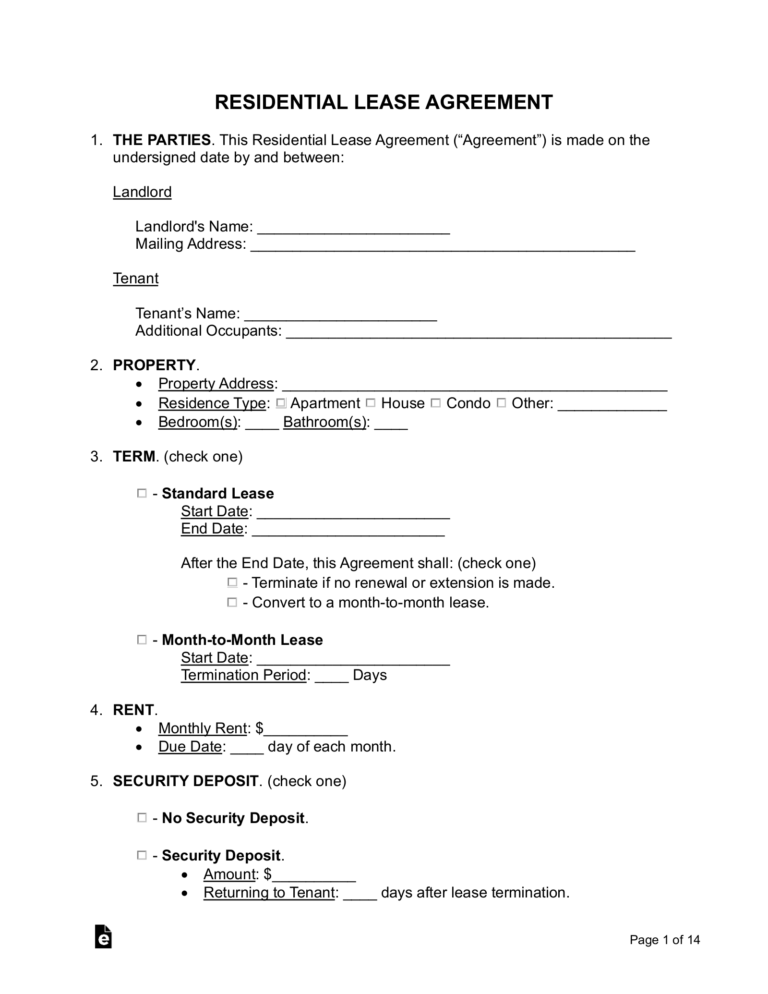76-78 Jeep CJ5 For Sale: A Comprehensive Buyer’s Guide to the Iconic Off-Roader
76-78 Jeep CJ5 For Sale: A Comprehensive Buyer’s Guide to the Iconic Off-Roader jeeps.truckstrend.com
For many off-road enthusiasts and classic vehicle collectors, the 76-78 Jeep CJ5 For Sale represents more than just a used car; it’s a piece of American automotive history, a symbol of rugged individualism, and a gateway to unparalleled adventure. These specific model years hold a unique place in the CJ lineage, marking the culmination of the "long nose" CJ5 era before the CJ7 began to dominate the market. If you’re considering adding one of these timeless machines to your garage, this comprehensive guide will equip you with the knowledge needed to make an informed decision, navigate the market, and ultimately find your perfect classic Jeep.
Why the 76-78 CJ5? A Look at its Unique Appeal
76-78 Jeep CJ5 For Sale: A Comprehensive Buyer’s Guide to the Iconic Off-Roader
The Jeep CJ5, in production from 1955 to 1983, underwent numerous evolutions. The 1976-1978 models are particularly noteworthy for several reasons:
- The "Long Nose" Era: These CJs feature a longer front end compared to earlier models, a design change introduced in 1972 to accommodate larger engines like AMC’s powerful 304 cubic inch V8. This gives them a distinct profile and provides more under-hood space for maintenance or future modifications.
- Engine Options: Buyers could choose between the robust and reliable AMC 258 cubic inch (4.2L) inline-six, known for its torque and durability, or the more powerful AMC 304 cubic inch (5.0L) V8, which delivered exhilarating performance, especially off-road. The presence of the V8 makes these years highly sought after by those craving more power.
- Drivetrain Robustness: These CJs typically came with a Borg-Warner T-150 three-speed manual transmission or the optional, heavier-duty T-18 four-speed manual, paired with the legendary Dana 20 transfer case. Axles were usually a Dana 30 up front and a stronger AMC 20 in the rear, offering a solid foundation for off-road abuse.
- Simplicity and Purity: While featuring some minor refinements over earlier models, the 76-78 CJ5 largely retained the utilitarian, open-air design that defined the Jeep brand. They are relatively simple mechanically, making them easier for enthusiasts to work on and customize without complex electronics.
- Iconic Status: The CJ5 embodies the quintessential Jeep image. Its short wheelbase, classic round headlights, and exposed fenders evoke a sense of adventure and nostalgia. Owning one is about embracing a lifestyle, not just driving a vehicle.
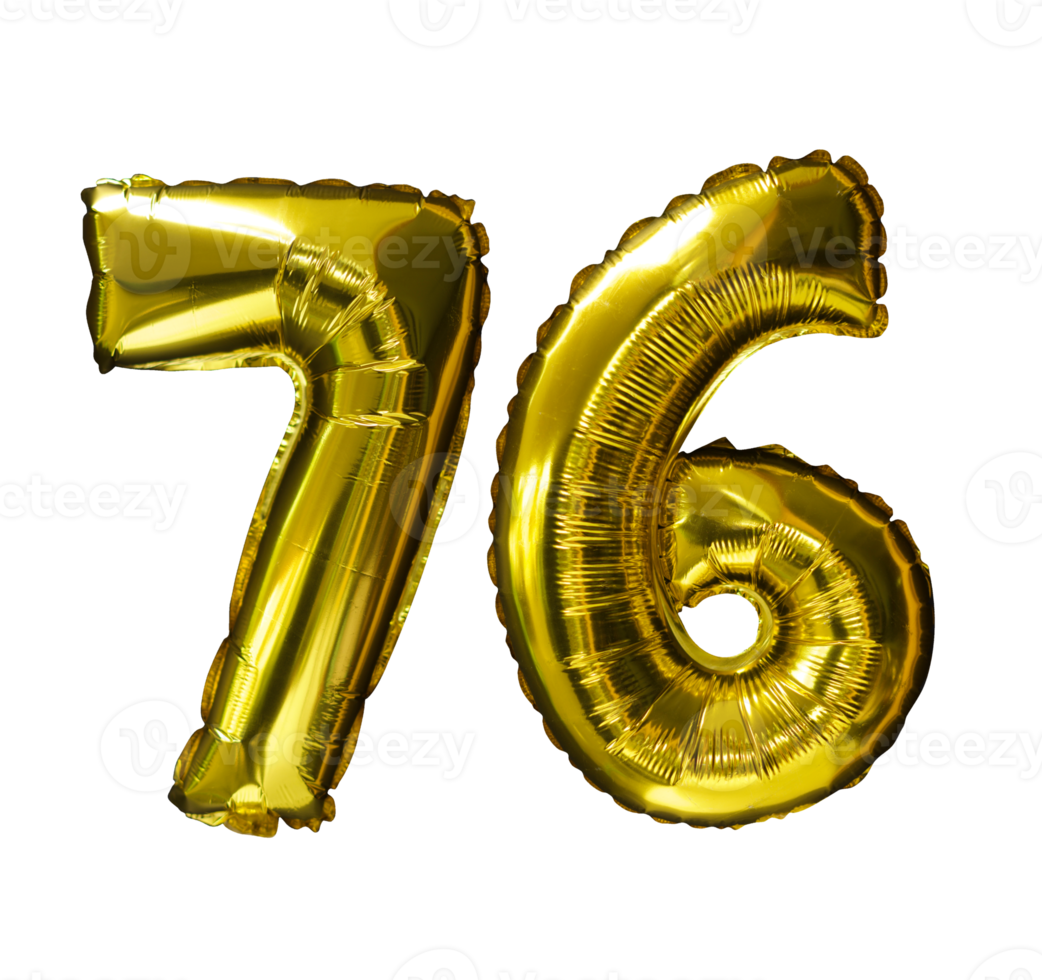
These attributes combine to make the 76-78 CJ5 a highly desirable classic for restoration projects, trail rigs, or simply a fun weekend cruiser.
What to Look For: A Buyer’s Checklist for a 76-78 CJ5
Purchasing a classic vehicle like a CJ5 requires a keen eye and a thorough inspection. Rust, neglected maintenance, and poorly executed modifications can quickly turn a dream into a nightmare. Here’s a detailed checklist:

Rust – The Ultimate Enemy: This is paramount. CJs are notorious for rust, especially in regions with salt on the roads.
- Frame: Inspect the entire frame, paying close attention to the areas around the steering box, spring hangers, body mounts, and crossmembers. Look for rot, cracks, or patches that might hide underlying damage.
- Body: Check floorboards (especially under the pedals and seats), rocker panels, front fenders (behind the wheels), rear quarter panels, tailgate, and the entire tub. Minor surface rust is manageable, but extensive perforation means costly repairs.
- Hat Channels: These are the support structures under the floorboards that connect the body to the frame. They often rust out from the inside.

-
Drivetrain (Engine, Transmission, Transfer Case, Axles):
- Engine: Listen for unusual noises (knocking, ticking, excessive valvetrain noise). Check for excessive smoke from the exhaust (blue for oil, white for coolant, black for rich fuel). Look for significant oil leaks around the valve covers, oil pan, and rear main seal. Check fluid levels and condition.
- Transmission: Test all gears, both upshifting and downshifting. It should engage smoothly without excessive grinding or popping out of gear. Check for fluid leaks.
- Transfer Case (Dana 20): Engage 2WD, 4Hi, and 4Lo. Ensure it shifts smoothly and the indicators (if present) work. Look for leaks.
- Axles: Check for leaks at the differential covers and axle seals. Listen for humming or clunking noises during a test drive, which could indicate worn gears or bearings.
-
Steering and Suspension:
- Steering Play: With the engine off, turn the steering wheel side-to-side. Excessive play before the wheels respond indicates worn steering components (tie rod ends, drag link, steering box).
- Suspension: Inspect leaf springs for sagging, broken leaves, or excessive rust. Check shackles and bushings for wear. Look for signs of "death wobble" during a test drive (violent shaking of the front end at speed), often caused by worn steering components or misaligned suspension.
-
Brakes:
- Check the brake pedal for sponginess or excessive travel. Inspect brake lines for rust or damage. Look at the condition of the brake drums/rotors and pads/shoes. A properly functioning emergency brake is also essential.
-
Electrical System:
- Test all lights (headlights, taillights, turn signals, brake lights), gauges, wipers, and horn. Older wiring can be brittle and prone to shorts or failures.
-
Modifications:
- Many CJs have been modified. Assess the quality of these modifications. A professionally installed lift kit or engine swap is different from a backyard hack job. Be wary of excessive cutting, welding, or non-standard parts that might compromise safety or make future repairs difficult.
-
Documentation:
- Always verify the VIN on the title matches the vehicle. A clear title is crucial. Any available service records or history of ownership can be a significant bonus.
Understanding the Market: Valuation and Pricing Factors
The price of a 76-78 Jeep CJ5 can vary wildly, from a few thousand dollars for a project to well over $20,000 for a fully restored or exceptionally well-maintained example. Key factors influencing the price include:
- Condition: This is the single biggest determinant. A rust-free, mechanically sound CJ will always command a premium.
- Project: Needs significant work (rust repair, mechanical overhaul).
- Driver Quality: Runs and drives, but might have cosmetic flaws or minor mechanical issues.
- Good Condition: Well-maintained, minimal rust, reliable driver.
- Restored/Show Quality: Near-perfect condition, often with new paint, interior, and rebuilt mechanicals.
- Engine Type: V8-equipped models generally fetch higher prices than inline-six versions, due to their increased power and desirability.
- Originality vs. Modifications: While tasteful modifications can add value for some buyers, a highly original, unrestored CJ in excellent condition can be very valuable to collectors. Poorly done modifications will always detract from the value.
- Geographic Location: CJs from dry, arid climates (Southwest US) are less likely to have significant rust issues and thus command higher prices than those from rust-belt states.
- Documentation: A comprehensive service history or provenance can add value.
The Ownership Experience: Challenges and Joys
Owning a 76-78 CJ5 is a unique experience, offering both rewards and a few practical considerations:
Challenges:
- Maintenance: These are old vehicles. While parts are generally available (especially aftermarket), they will require regular maintenance and occasional repairs. A basic understanding of mechanics or a trusted mechanic specializing in older vehicles is a must.
- Comfort and Refinement: Don’t expect modern SUV comfort. The ride is often bouncy, noisy, and the interior is spartan. Long highway trips can be tiring.
- Safety: Lacks modern safety features like airbags, ABS, and stability control. The short wheelbase can make them feel a bit "squirrelly" at higher speeds.
- Fuel Economy: Especially with the V8, fuel economy will not be a strong point.
- Rust Prevention: Ongoing vigilance is required to prevent rust from taking hold, particularly if driven in wet or salty conditions.
Joys:
- Unmatched Off-Road Capability: The short wheelbase, narrow body, and solid axles make the CJ5 incredibly agile and capable on trails. It’s legendary for a reason.
- Customization Potential: The aftermarket is vast. You can truly make a CJ5 your own with endless options for lift kits, wheels, tires, drivetrain upgrades, and cosmetic enhancements.
- Community: The Jeep community is strong and supportive. You’ll find a wealth of knowledge, advice, and camaraderie at local clubs and online forums.
- Nostalgia and Icon Status: You’re driving a piece of American history. Heads will turn, and conversations will start wherever you go.
- Simplicity: Compared to modern vehicles, the CJ5 is mechanically straightforward, making it a great platform for learning basic automotive repair and enjoying a hands-on ownership experience.
- Open-Air Freedom: With the top down and doors off, nothing beats the feeling of open-air driving in a CJ5.
Tips for a Successful Purchase
- Set a Realistic Budget: Factor in not just the purchase price, but also potential immediate repairs, registration, insurance, and any desired upgrades.
- Do Your Homework: Research specific models, common issues, and market values. Join online forums or Facebook groups dedicated to CJ5s.
- Inspect Thoroughly: Follow the checklist above. Bring a flashlight, a magnet (to check for body filler over rust), and even a friend who is knowledgeable about CJs.
- Get a Pre-Purchase Inspection (PPI): If you’re not confident in your inspection skills, hire a reputable mechanic specializing in classic Jeeps or 4x4s to conduct a PPI. It’s money well spent.
- Test Drive Extensively: Drive it on various surfaces if possible (pavement, gravel, even some mild off-road if permitted). Listen for noises, feel for vibrations, and check how it handles.
- Don’t Rush: Good CJs come and go. Be patient and wait for the right one that fits your criteria and budget.
- Negotiate: Based on your inspection findings and market research, be prepared to negotiate the price.
Price Table: 76-78 Jeep CJ5 For Sale (Estimated Values)
The following table provides estimated price ranges for 1976-1978 Jeep CJ5s in the current market. Prices can fluctuate based on region, specific engine (I6 vs. V8), and market demand.
| Condition Category | Estimated Price Range (USD) | Key Characteristics
![]()
